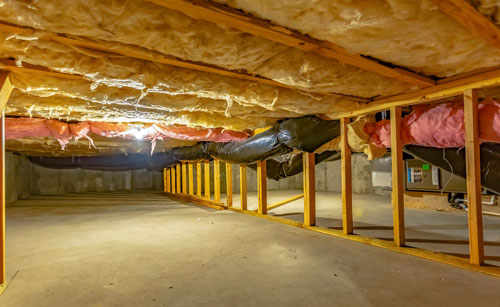Amphibians, which include frogs, toads, salamanders, and newts, are cold-blooded vertebrates that require specific wet environments. These animals breathe and absorb water through their skin! Because of this, amphibians are extremely sensitive to temperature and weather changes, as well as toxins in the ecosystem.
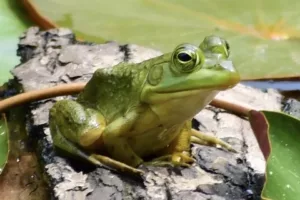
American Bullfrog
Lithobates catesbeianus
photo credit: Darian Santner
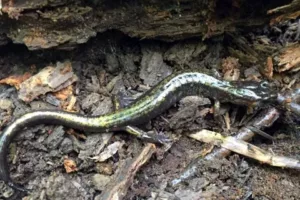
Dunn's Salamander
Plethodon dunni
photo credit: Darian Santner
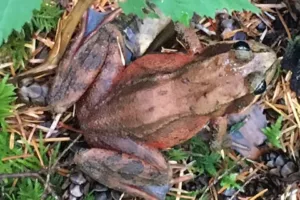
Northern Red-Legged Frog
Rana aurora
photo credit: Brennan Kessenich
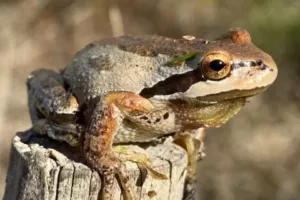
Pacific Chorus Frog
Pseudacris regilla
photo credit: Darian Santner
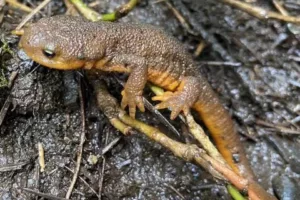
Rough-Skinned Newt
Taricha granulosa
photo credit: Darian Santner
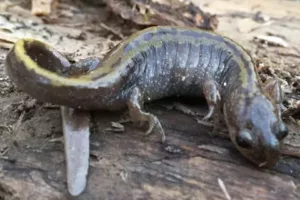
Western Long-Toed Salamander
Ambystoma macrodactylum
photo credit: Darian Santner
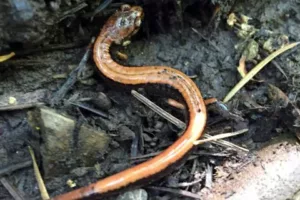
Western Red-Backed Salamander
Plethodon vehiculum
photo credit: Darian Santner



